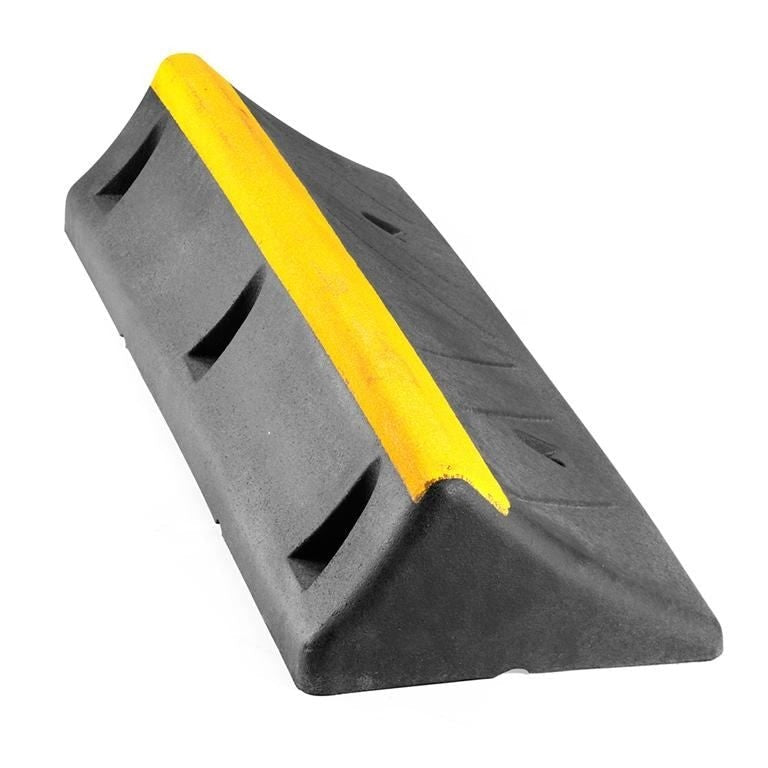Loading Bay Wheel Guides
A range of all-steel Wheel Guides for safe and reliable truck parking in warehouses and loading bays. Aid truck parking and protect loading bay assets.
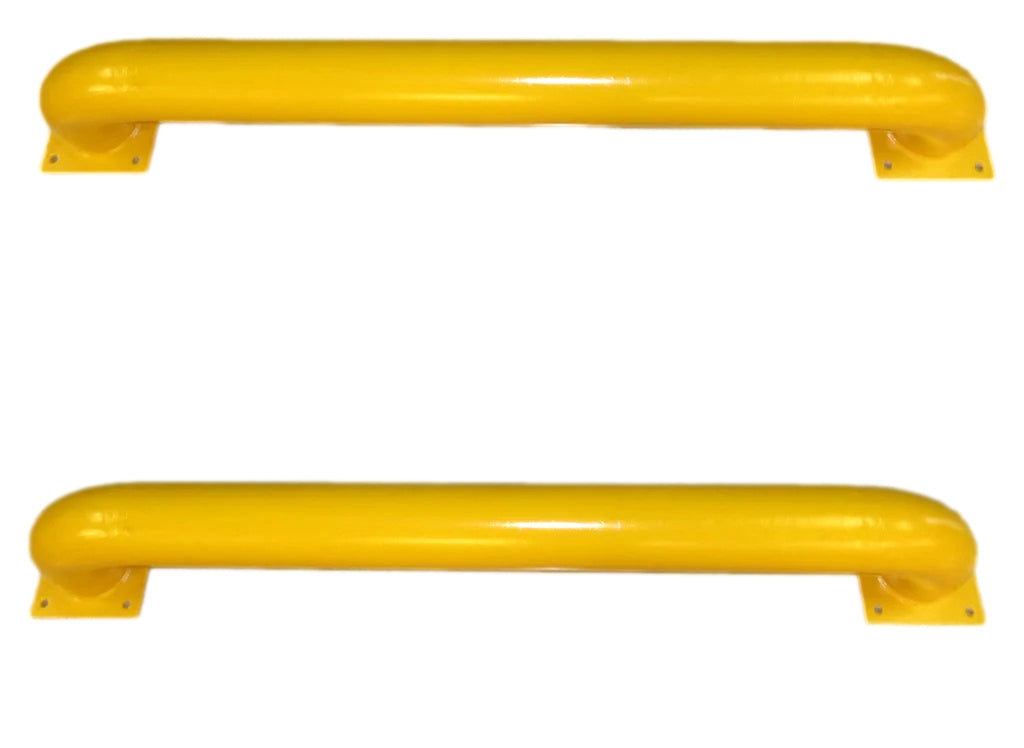
SKU: 862593
Pittman®
Straight Wheel Guides Pair
Sale price£767.61ex VAT
Rust and Corrosion Resistant
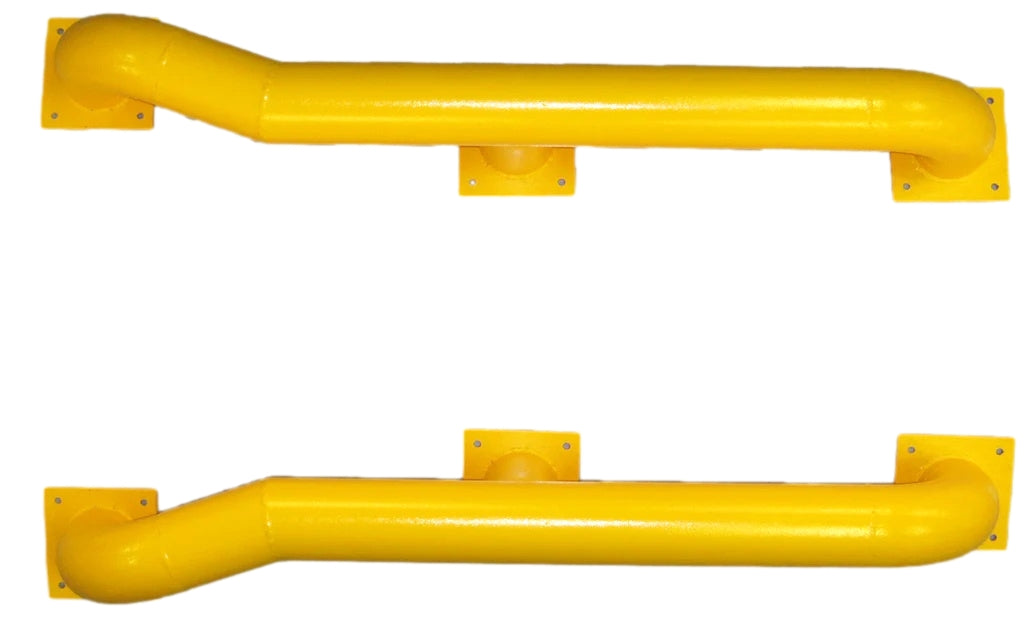
SKU: 862594
Pittman®
Cranked Wheel Guides Pair
Sale price£767.61ex VAT
Splayed Ends to Guide Truck Drivers
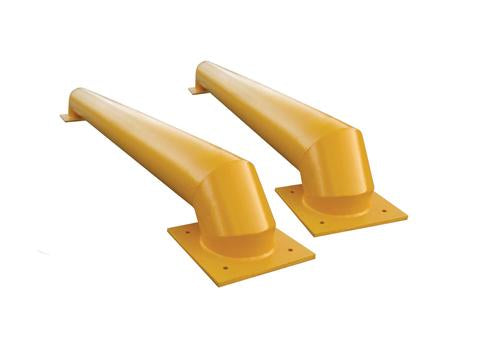
SKU: 763618
Pittman®
Low Profile Wheel Guides Pair
Sale price£767.50ex VAT
Suitable For Lower Profile Vehicles Or Trailers
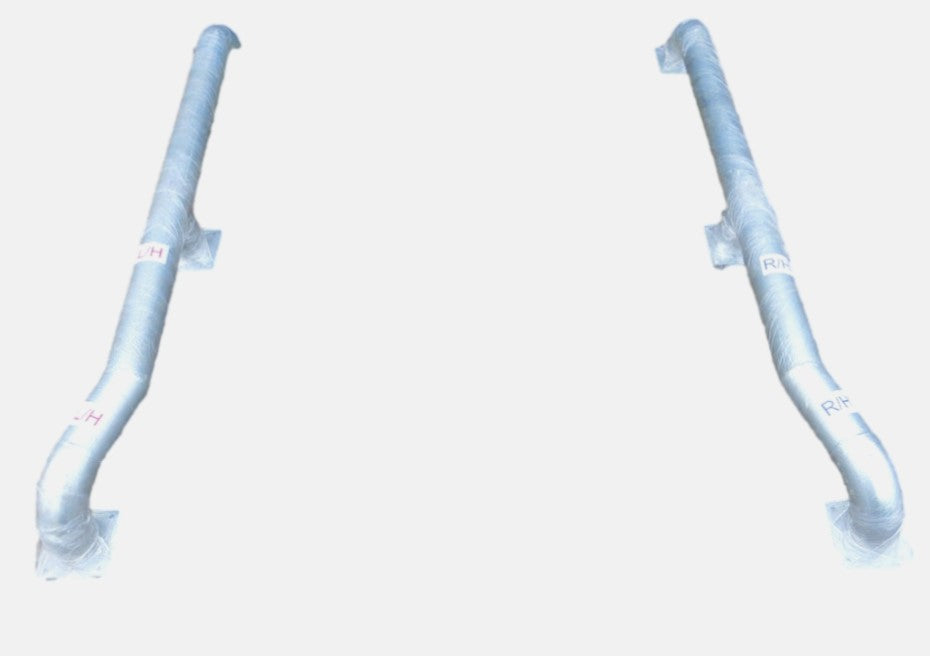
SKU: 763621
Pittman®
Cranked Wheel Guide Pairs (3 Metre)
Sale price£831.00ex VAT
Galvanised Steel Impact Protection
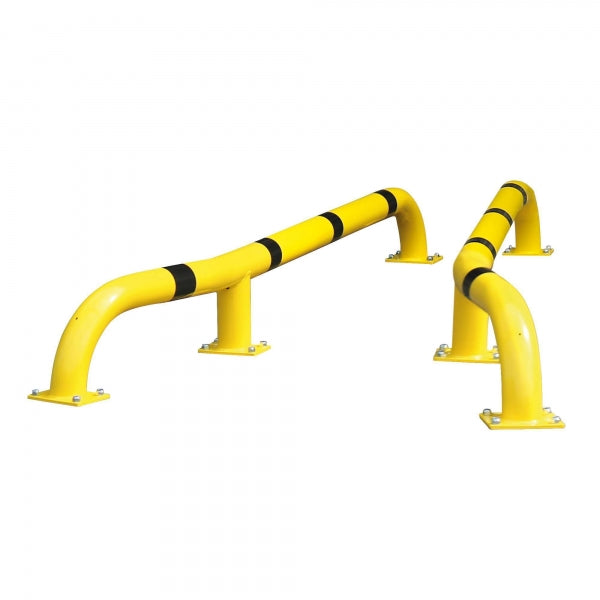
SKU: 750714
Moravia
Black Bull Cranked Wheel Guide
Sale priceFrom £1,160.00ex VAT
Reduces Incidence Of Damage To Loading Bays | Free Shipping
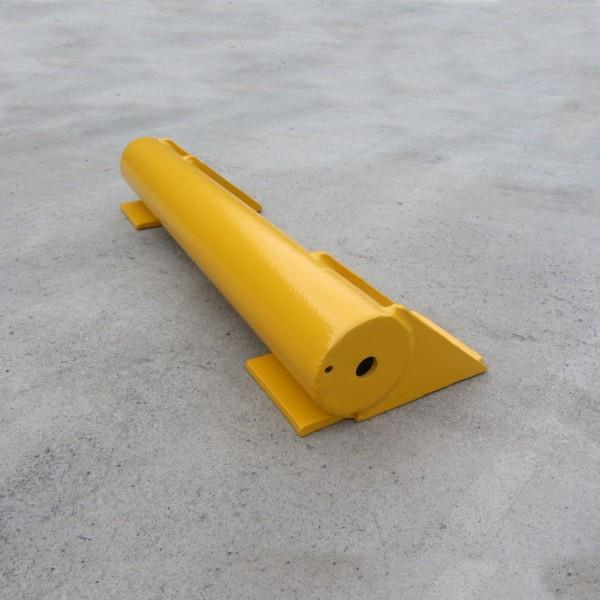
SKU: 756560
Pittman®
Economy Steel Tyre Stop - 600mm
Sale price£89.00ex VAT
Perfect For Use With LGVs
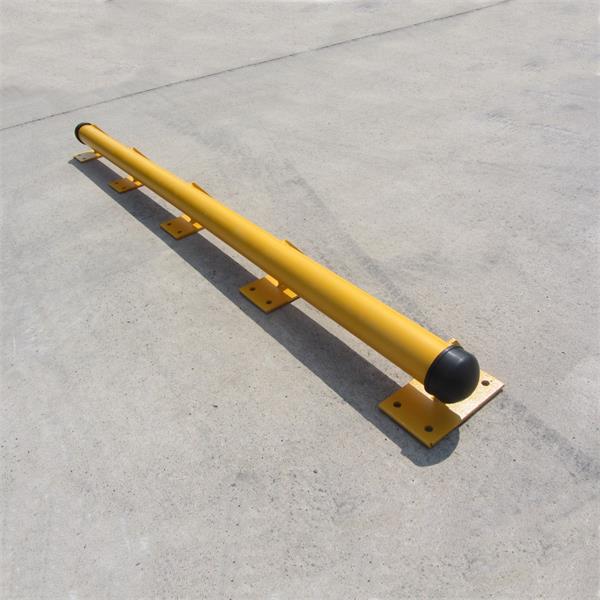
SKU: 756561
Pittman®
Economy Steel Tyre Stop - 2500mm
Sale price£430.00ex VAT
Strong, Resistant Guide For LGVs
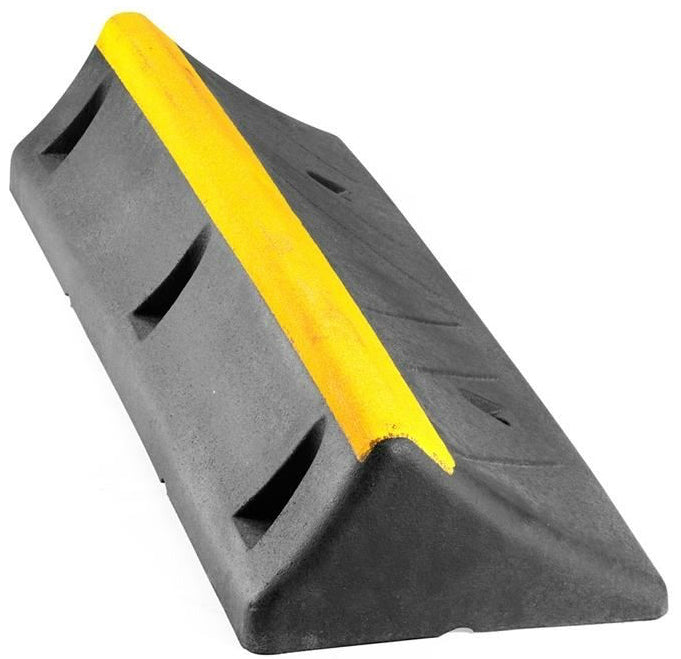
SKU: 895761
Pittman®
HGV Heavy Duty Wheel Stop
Sale price£87.90ex VAT
The UK's Best Prices with Fast Delivery





